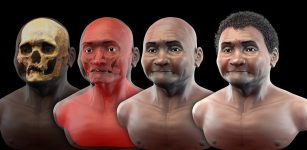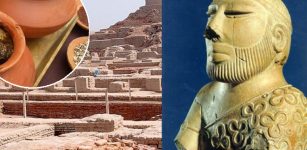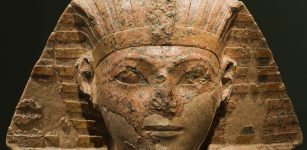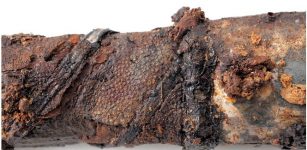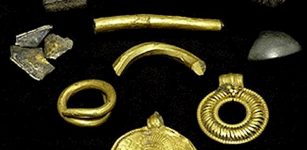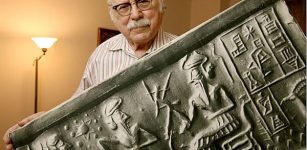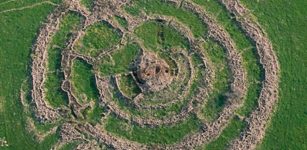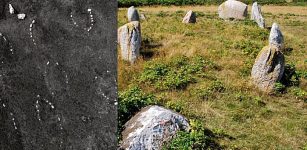Locked Tomb May Shed Light On Fate Of Little-Known Emperor 2,000 Years Ago
MessageToEagle.com – Excavations of a royal cemetery dating to the Han dynasty 2,000 years ago, revealed the most complete and well-preserved set of tombs, according to Chinese archaeologists.
However, a key mystery still remains: experts hope a locked coffin in the main mausoleum contains relics – an emperor’s seal perhaps – that could confirm the identity of the ancient occupants, according to Xinhua.
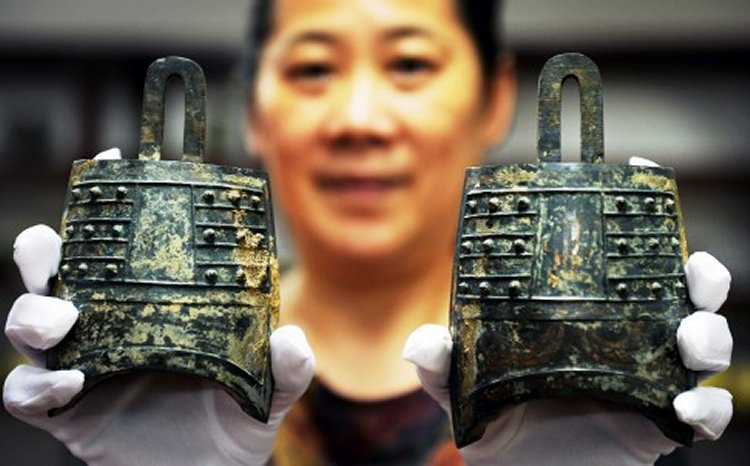
The site is large, stretching across 40,000 square metres in a rural area outside of Nanchang city in Jiangxi province. Archaeologists have uncovered eight main tombs and a chariot burial area with walls that run nearly 900 metres.
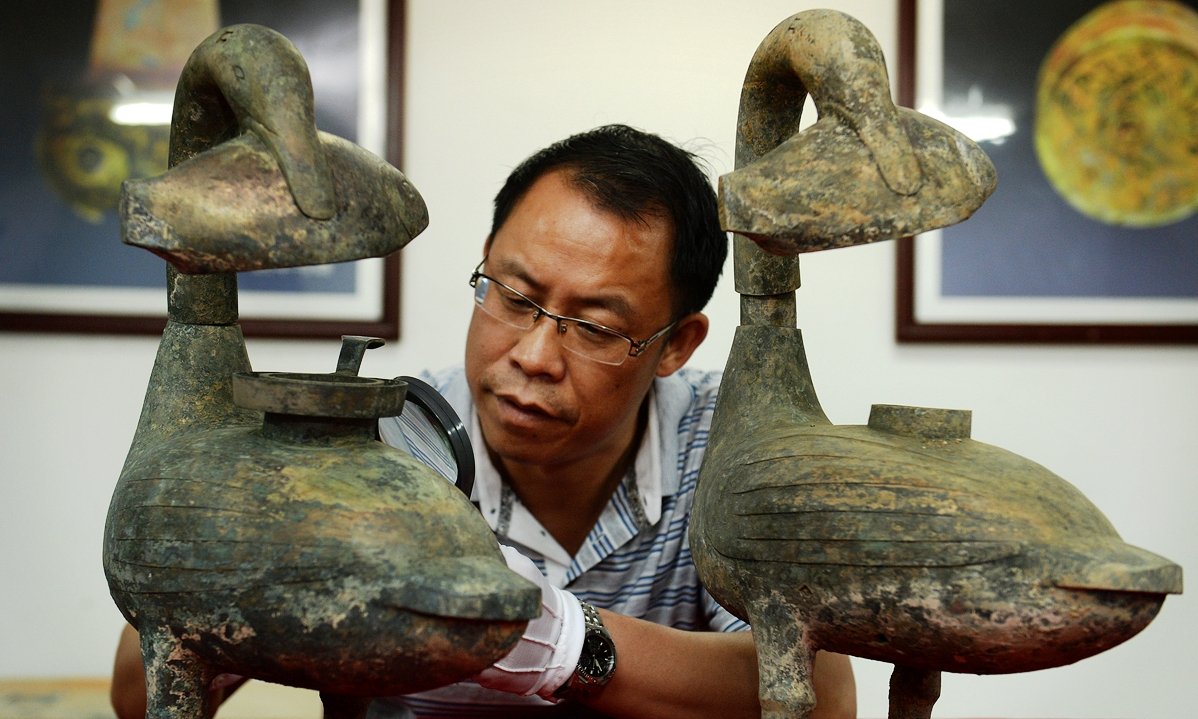
They believe it is the burial site of Liu He – the grandson of Emperor Wu, who was the most influential ruler of the Western Han Dynasty (206BC-AD25) – and Liu’s wife along with a handful of family members.
Exact details about the era remain sketchy, but it’s thought Liu had a brief but dramatic stint in power – he assumed the throne but was ousted only to later return and be forced out again.
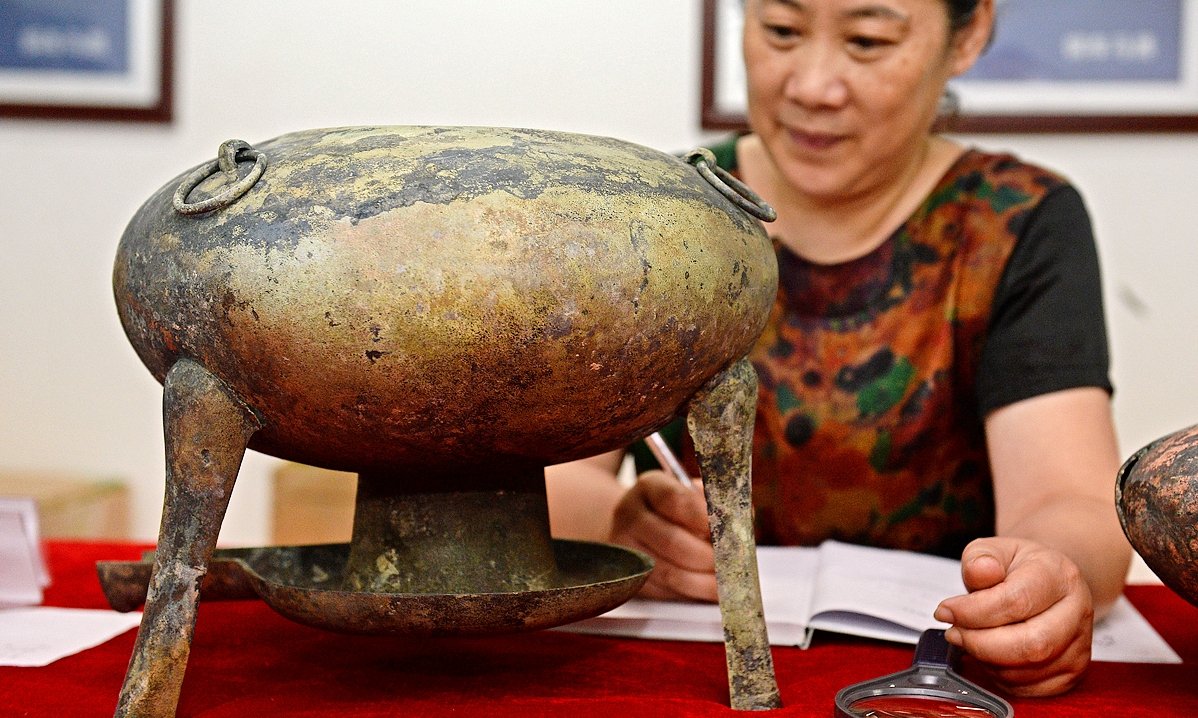
Archaeologists have discovered terracotta figures, musical instruments, some 10 tonnes of bronze coins and more than 10,000 items made from gold, jade, iron, wood and bamboo.
A network of roads and a drainage system can also be seen.
Xin Lixiang, a researcher from the National Museum who is leading the dig, said his team would next turn to the mysterious coffin.
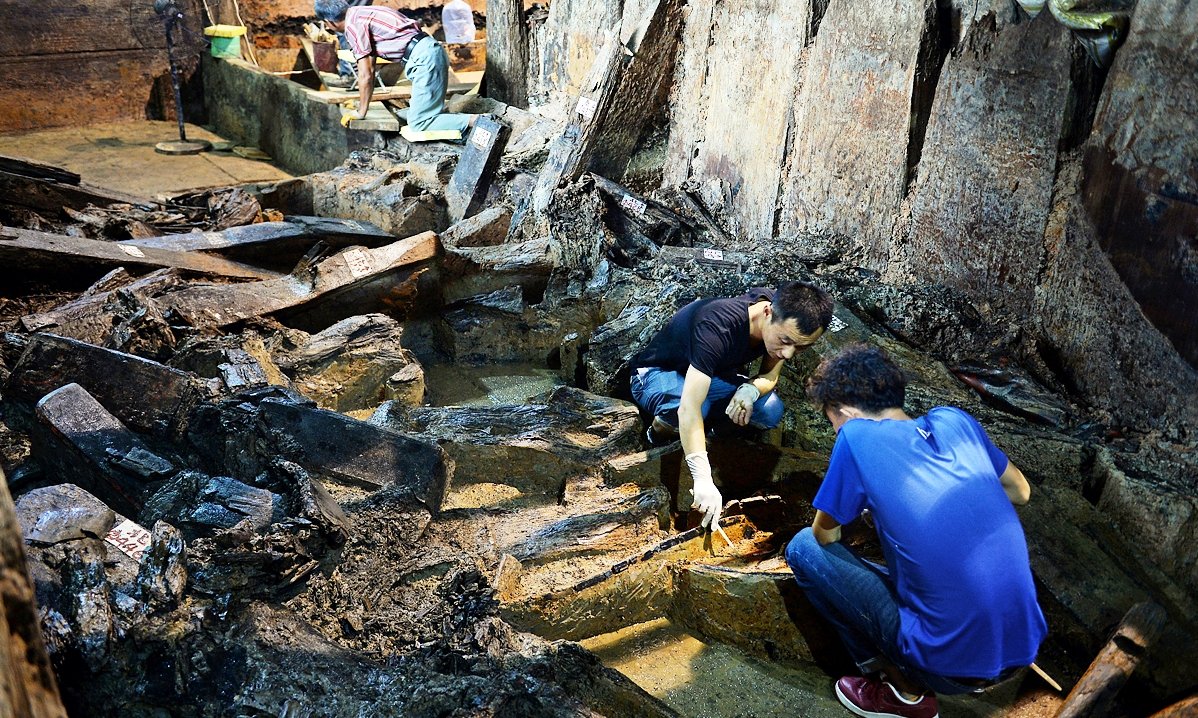
Archaeologists at the site hope a sealed tomb will contain relics such as an emperor’s seal that could positively identify the interned.
“There may be a royal seal and jade clothes that will suggest the status and identity of the tomb’s occupant,” Xin said.
The State Administration of Cultural Relics has instructed the site supervisors to apply for a world heritage listing with the United Nation’s cultural body, Unesco.
MessageToEagle.com
source: South China Morning Post

